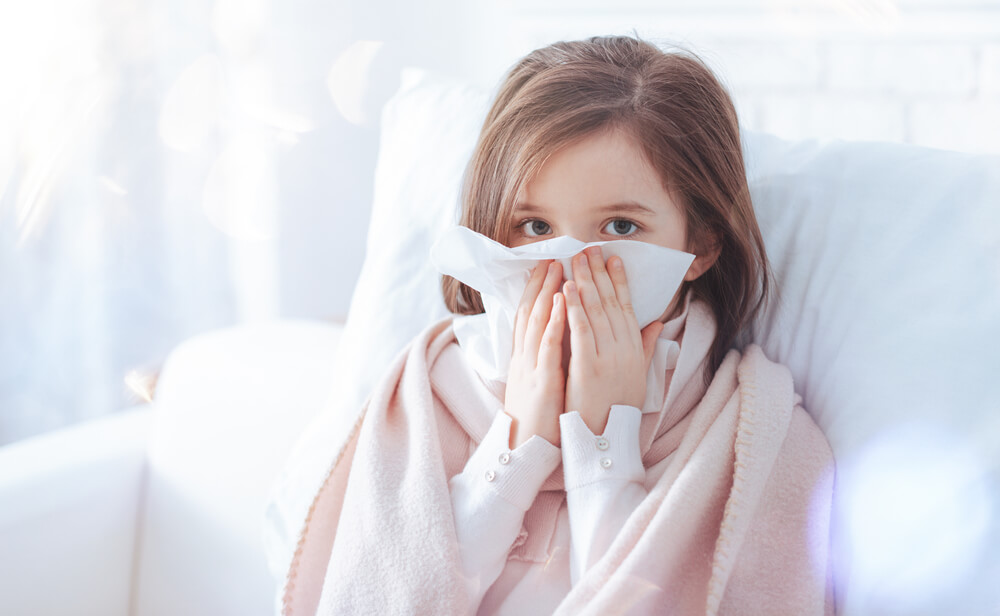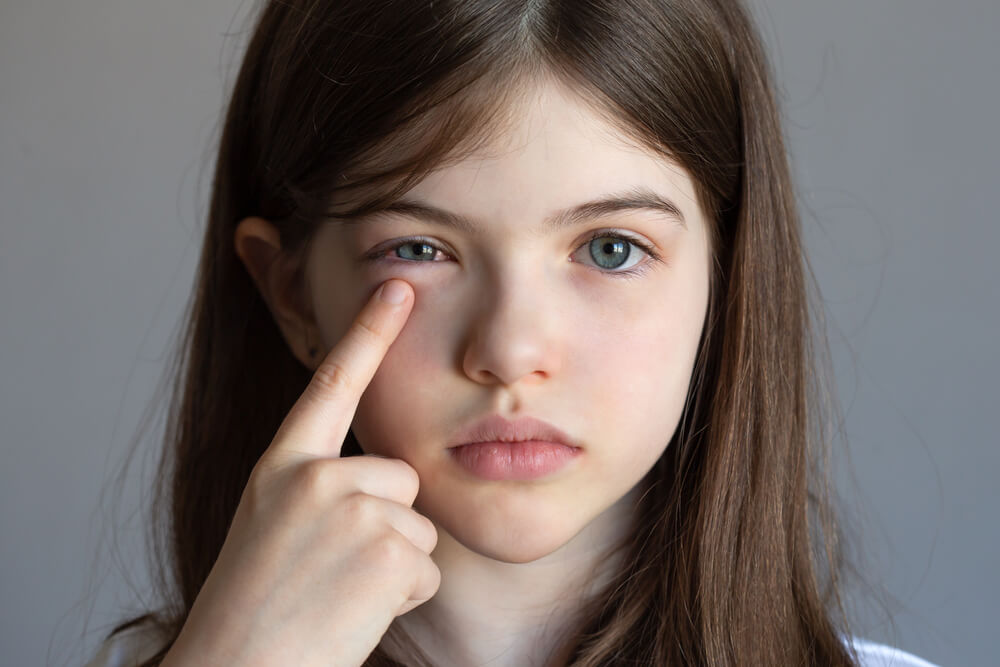Getting your kids back to school after a long break provides them with an environment to learn, interact with their peers, and grow socially. Unfortunately, it’s also a place where unwanted germs tend to lurk. Spending most of their time with other classmates increases the possibility of them picking up an infection and getting sick at school.
While you can remind them to use good habits, like washing their hands or not touching their face, they may still get exposed to a bug or parasite that gives them the flu or lice. Understanding the symptoms to look out for with different types of children’s illnesses should make it more straightforward and quicker for you to help your child feel better.
1. The Flu
A common way for your child to get sick at school is by coming down with the flu. This virus is highly contagious and can make your child feel awful. Symptoms usually develop fast instead of taking their time. Your child may have a high fever, muscle aches, and headaches. They may also experience a sore throat, coughing, and vomiting. Feeling like this is no fun, but it might continue for three to seven days. However, a lingering cough and feeling worn down may last for more than a week.
Increasing fluid intake and avoiding fatty foods and dairy products are some of the best treatments. If your child is vomiting, it’s essential to keep them hydrated. Sometimes, a non-caffeinated, lemon-lime flavored soda may go down easier than water. Eating bland foods such as chicken, crackers, or toast is also recommended.

2. The Cold
Catching a cold usually isn’t near as bad as getting the flu. Your child might have a sore throat, runny nose, or cough. Having them get a significant amount of rest can be helpful. Also, like the flu, they may run a fever or feel slightly fatigued. Drinking plenty of water is important to keep them hydrated.
Antibiotics won’t help in any way when your child comes down with a cold. Letting it run its course is required, which is usually just a couple of days to a week. However, taking over-the-counter pain relievers may help soothe your child if they are feeling any aches and pains.
3. Lice
Lice are usually transferred from one child’s hair to another, but they can be found on the head and body. Once an infestation occurs, lice will start biting your child. They’ll likely have an itchy scalp, which can lead to frequent scratching and open sores. You may notice clear fluid seeping from these areas.
Treating this school disease typically requires you to use a lice shampoo. Both over-the-counter and prescription medications can work. Following the instructions provided by the manufacturer of the shampoo is recommended. It may also be necessary to treat your child with a second bottle if they have hair that falls below their shoulders. Never use any shampoo or conditioner before applying the medication used to treat a lice infestation. Otherwise, it won’t have the same effectiveness and may not work. Waiting for one or two days after using the lice medication is also a good idea to ensure it has time to work correctly.
4. Strep Throat
Strep throat is one of the childhood illnesses that can be treated effectively. If your child is infected, it may be painful for them to swallow, and they will likely have swollen lymph glands or tonsils. They’ll probably be feeling more pain than they would if they only had a sore throat. Other symptoms can include a fever, stomach ache, or headache.
The treatment required for your child to start feeling better after coming down with strep throat will usually require your health care provider to prescribe an antibiotic. Otherwise, mixing half a teaspoon of salt with a glass of warm water and gargling with it frequently should help ease the nagging throat pain present with this condition. Having your child take a pain reliever like acetaminophen and receive plenty of rest may also help them feel better so they can get back to school with their friends.
5. Mono – Mononucleosis
Mononucleosis is an infectious illness that’s also referred to as mono or the “kissing disease.” While it is contagious, your child is less likely to catch this disease than other children’s illnesses. Symptoms can include fever, sore throat, and enlarged lymph nodes in your child’s armpits and neck. They may also experience a rash, loss of appetite, facial swelling, and muscle stiffness.
Coming down with mono typically requires rest. Most children feel better in a couple of weeks or a month. However, in some cases, fatigue may last for a more extended period. Using acetaminophen for pain relief is recommended as is gargling with warm salt water that consists of a teaspoon of salt per glass to ease a sore throat. Similar to other illnesses that take a toll on the body, getting plenty of rest is an excellent way to combat symptoms and let the body heal.
6. Pink Eye – Conjunctivitis
Pink eye, also known as conjunctivitis, occurs when the conjunctiva is inflamed. Like the flu, this is one of the other children’s illnesses that’s highly contagious. Symptoms include blurred vision, itchy, red eyes, and sensitivity to light.
Fortunately, it will go away on its own if it’s viral conjunctivitis. However, you may need to have it treated with antibiotics if it’s a bacterial infection. This type of treatment usually comes in the form of eye drops but may be prescribed as an ointment as well. Following your medical provider’s recommendations should help clear the pink eye up quickly without causing any long-term problems.

7. Sore Throat – Pharyngitis
Sore throat symptoms can vary. Along with your child’s throat feeling sore, they may also have a skin rash, headache, joint and muscle aches, or fever. Swollen lymph glands can also indicate that your child became sick at school with this problem. Diagnosing a sore throat can sometimes be challenging as a few of the symptoms mimic those found with a strep throat. Having your child evaluated by a medical provider may be best in this situation.
The majority of the time, a sore throat is caused by a virus, which means it can’t be treated by antibiotics and should go away within five to seven days. However, if a bacterial infection causes it, it can be treated by using a regimen of antibiotics.
When your child comes in contact with a school disease and begins showing symptoms that there’s a problem, you should be prepared to know how to provide one or more treatments to help them feel better. Sometimes, the condition will have to run its course, and other times, your child may be able to get relief by receiving a prescription. If you’re unsure about the steps to take when your child gets sick, contact us today.



